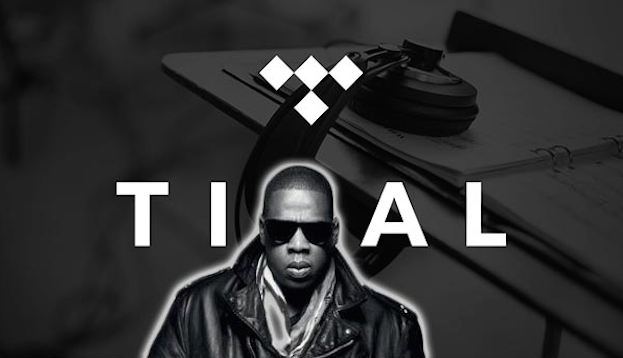The power of music services is discussed often these days. While the amount of downloaded tunes seems to be dropping, Spotify and Pandora, amongst other streaming services, remain quite popular. However, Pitchfork recently posted an article that takes a closer look at the overall value of music, and how much it’s changed over the years.
Titled “How Much Is Music Really Worth “, the in-depth article takes a look at a number of factors surrounding music, and how much things have changed in terms of what consumers pay for it. “Putting the debates about artists’ income from Spotify, Pandora and their ilk in a broader historical context, it becomes clear that the money made from a song or an album has clearly decreased over the last several decades,” said the article. “What’s equally clear, though, is that the value of music is almost as subjective financially as it is aesthetically; the economics of music, it turns out, is more dark art than dismal science.”
The article then broke down certain stats. “While record sales have plummeted, concert revenues have soared (at least for the industry’s one percent) and corporate partnerships of one kind or another have become more common. Plus, the industry figures you see in articles like this one hardly ever factor in expenses, which — including anything from production, marketing and artist fees to venue costs and road crew wages — can add up to huge sums.”
A number of artists have chimed in on the subject. A few months back, Taylor Swift stated that “music should not be free” before unceremoniously yanking her tunes from the Spotify service. Bono of U2 also stated that listeners shouldn’t expect free music, despite the fact that the band’s latest album was offered free to iTunes users. And Jay-Z, speaking about his streaming Tidal service, stated, “Water is free. Music is $6, but no one wants to pay for music.”
Global revenues of recorded music have dropped dramatically as of late, down $15 billion last year, according to the International Federation of the Phonographic Industry. That’s a staggering drop considering that the peak of $60 billion was reached just under 20 years ago in 1996. The U.S. alone saw a big amount of that change, from a $20.6 billion peak in 1999 down to $7 billion for last year.

The above chart shows just how much people have been paying for music over the years, like $53.96 for an eight-track album cartridge from Jimi Hendrix back in 1968 to $91.30 for a deluxe physical version of Radiohead’s In Rainbows back in 2007. Lately, though, tunes seem to be running much lower, with albums on iTunes going for as little as $9.99, or as high as $16.99 — in some cases higher, depending on the offered tracks.

To go a little more in-depth, check out the chart above, which breaks down what an album has sold for over the years. Back in 1974, users had to pay as much as $24.45 to get their favorite band’s latest offering. However, these days, the average price runs about $11.97 — just under half of that.

Singles run even less. At one point, they went for as high as $5.87, mainly due to the collectible value and rare B-sides that were offered by some artists. However, these days, the general single goes for $1.17, with most tracks being offered on iTunes going for anywhere between $.99 and $1.29.
Again, though, the report was quick to state that live performances continued to be in high demand for certain bands. Sales for major concerts in North America managed to reach $6.2 billion last year, up from $5.1 billion the year before. The average ticket price for the top 100 tours at the time was $71.44, and it appeared that not a lot of people were scared off by that. (On a side note, One Direction had the biggest piece of that pie, with $127.2 million in performances and an average $84.06 ticket price.)
More details about the report, including more artists’ comparisons and other examples, can be found here. Those in the music industry will certainly want to make note.

